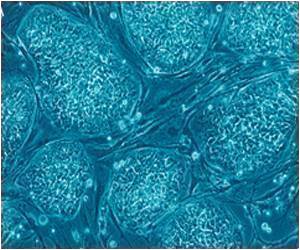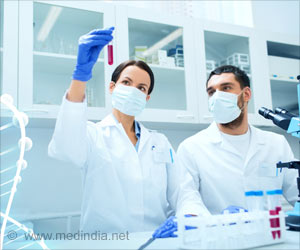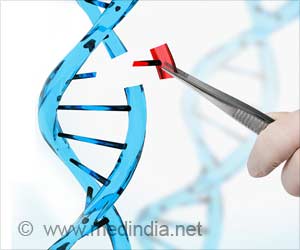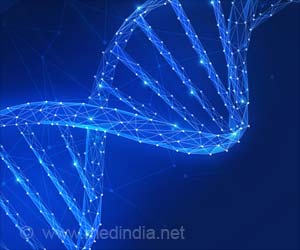For the first time, experts at the University of Cambridge have managed to create an artificial structure from stem cells that resembles a natural mouse embryo.
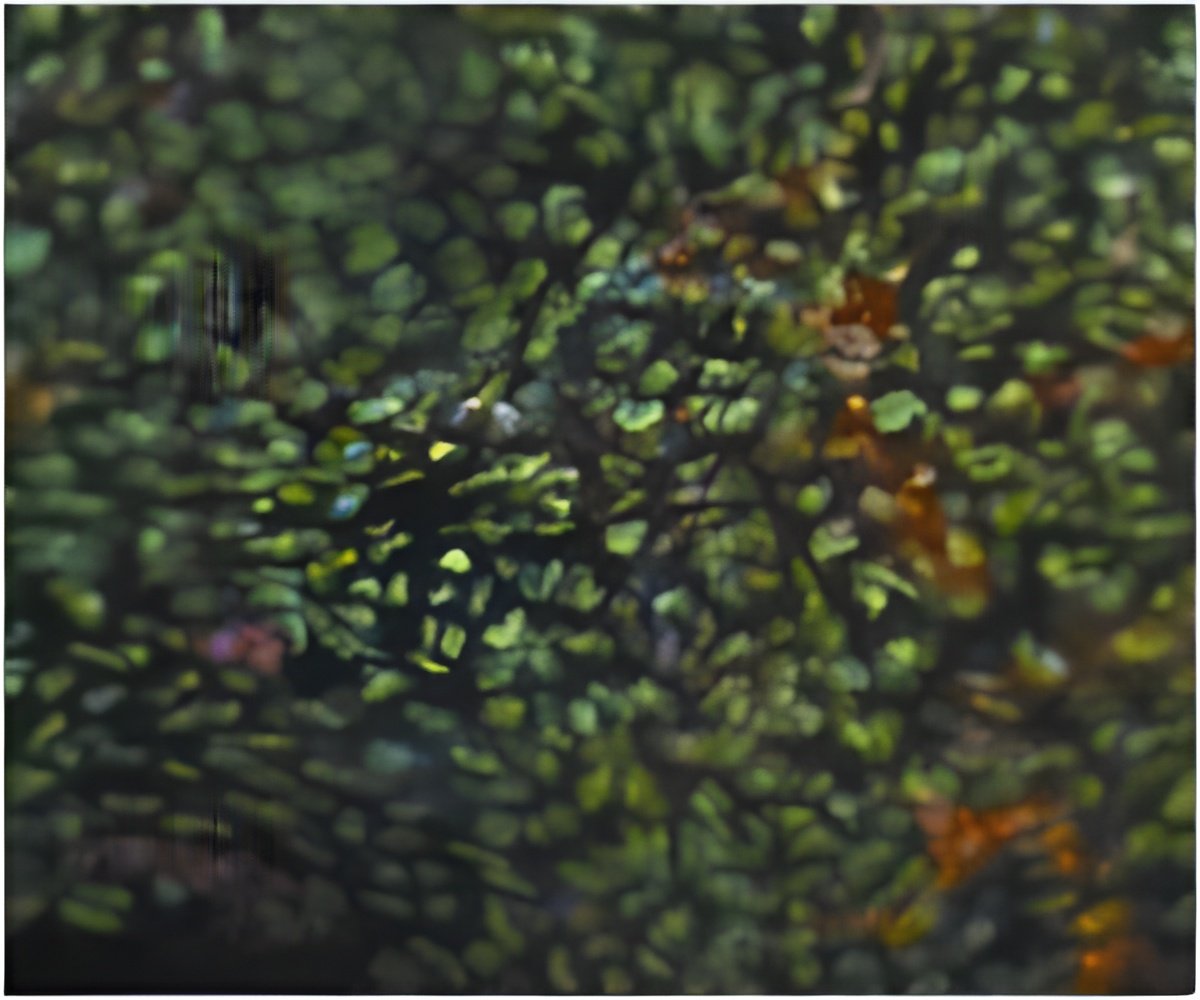
‘Previous attempts to grow embryo-like structures using only ESCs have had limited success. This is because early embryo development requires the different types of cell to coordinate closely with each other.’





Currently, embryos are developed from eggs donated through IVF clinics. "We are very optimistic that this will allow us to study key events of this critical stage of human development without actually having to work on embryos. Knowing how development normally occurs will allow us to understand why it so often goes wrong," said lead researcher Magdalena Zernicka-Goetz, Professor at University of Cambridge.
For growing the mouse structure in culture, the researchers used two types of stem cells -- the body's 'master cells' -- and a 3D scaffold on which they can grow.
Previous attempts to grow embryo-like structures using only ESCs have had limited success.
This is because early embryo development requires the different types of cell to coordinate closely with each other.
Advertisement
"Both the embryonic and extra-embryonic cells start to talk to each other and become organised into a structure that looks like and behaves like an embryo," Zernicka-Goetz said.
Advertisement
Comparing their artificial 'embryo' to a normally-developing embryo, the team was able to show that its development followed the same pattern of development.
The stem cells organise themselves, with ESCs at one end and TSCs at the other. A cavity opens up within each cluster before joining together, eventually to become the large, so-called pro-amniotic cavity in which the embryo will develop, the researchers said.
While this artificial embryo closely resembles the real thing, it is unlikely that it would develop further into a healthy foetus, the researchers said.
To do so, it would likely need the third form of stem cell, which would allow the development of the yolk sac, which provides nourishment for the embryo and within which a network of blood vessel develops.
In addition, the system has not been optimised for the correct development of the placenta, the researchers said.
Source-IANS

